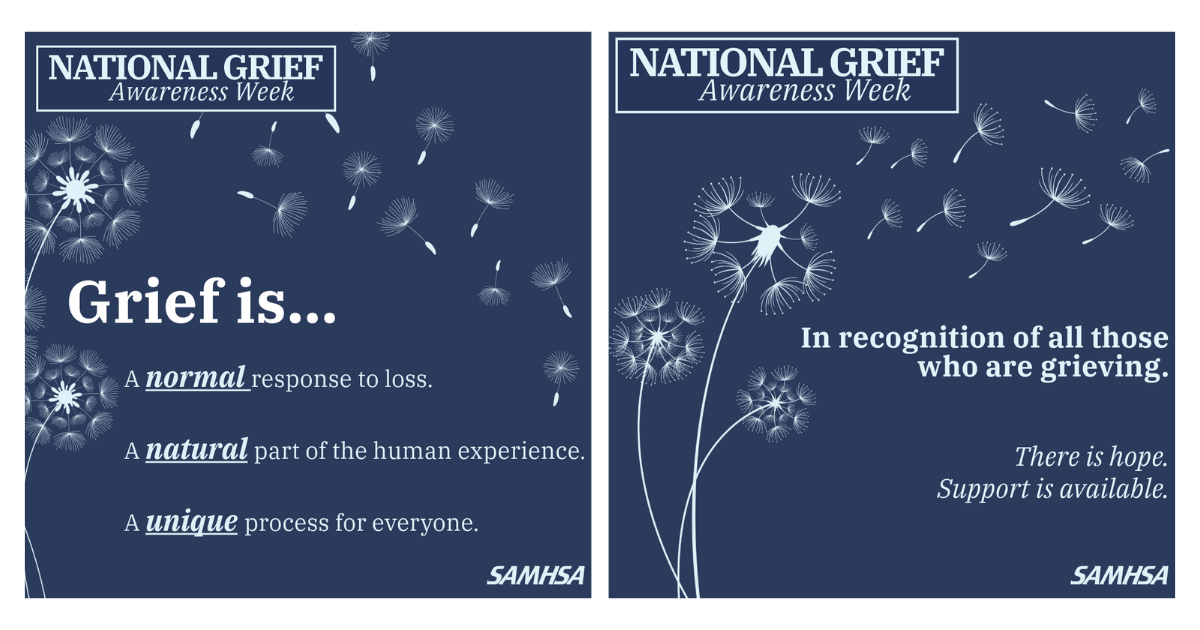NFDA Issues Groundbreaking Research on Prep Room Ventilation, Recommendations to Reduce Health Risks Associated with Formaldehyde Use
 Today, the National Funeral Directors Association (NFDA) issued a new and groundbreaking report on ventilation in the preparation room, along with practical, cost-effective recommendations for removing formaldehyde vapors during embalming. The report, ?Formaldehyde Vapor Reduction in the Funeral Home Preparation Room: Recommendations for Effective Preparation Room Ventilation,? is based on a year-long study of funeral homes and their ventilation systems, and an evaluation of ventilation engineering practices for the control of formaldehyde.
Today, the National Funeral Directors Association (NFDA) issued a new and groundbreaking report on ventilation in the preparation room, along with practical, cost-effective recommendations for removing formaldehyde vapors during embalming. The report, ?Formaldehyde Vapor Reduction in the Funeral Home Preparation Room: Recommendations for Effective Preparation Room Ventilation,? is based on a year-long study of funeral homes and their ventilation systems, and an evaluation of ventilation engineering practices for the control of formaldehyde.
International and domestic agencies recently have examined formaldehyde because of increasing concerns about its health effects. In 2004, the International Agency for Research in Cancer (IARC) found a link between formaldehyde and nasal cancer. In 2009, IARC found a link between formaldehyde and leukemia; IARC?s findings were based, in part, on the National Cancer Institute?s 20-year study of embalmers.
Ventilation has been found to be the single most effective way to control formaldehyde vapor levels ? and thus, associated health risks ? in the preparation room. Because there are no consensus ventilation standards that apply to funeral home preparation rooms, NFDA undertook this study to fill that void.
?NFDA?s mission is to educate and protect funeral directors and make sure that they are informed about important issues affecting their health and safety,? said NFDA President William C. Wappner, CFSP. ?Whether formaldehyde is ultimately determined to cause cancer in funeral directors or not, there is no good reason for any person to be exposed to a toxic compound in the preparation room when simple, cost-effective measures can be taken to reduce that exposure.?
Scope of the Study
The objective of the study was to identify those features of an effective ventilation system that would remove formaldehyde from the breathing zone of the embalmer.
The study was conducted by William Ridenhour, a leading HVAC (heating ventilating and air conditioning) consultant, whose experience includes designing and auditing laboratories for the federal government.
Using his HVAC experience and knowledge of formaldehyde and its properties, Ridenhour inspected funeral homes to examine their ventilation systems. He also conducted an extensive literature search to identify those preparation room activities that were shown to produce the most significant formaldehyde rates. This research enabled Ridenhour to assess how ventilation systems addressed formaldehyde vapors and what improvements could be made.
Key Findings
Several key findings emerged from Ridenhour?s research:



